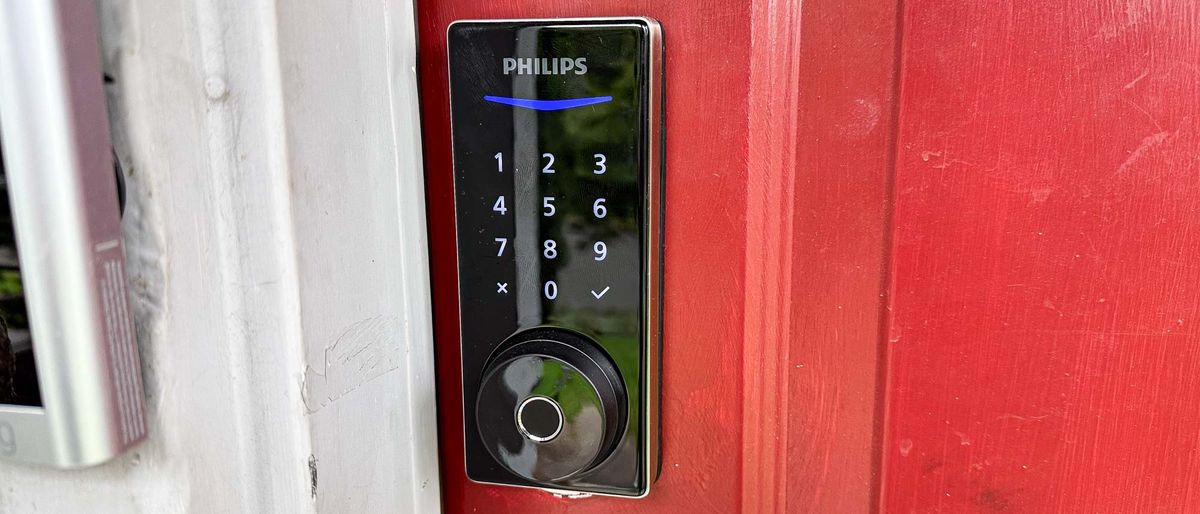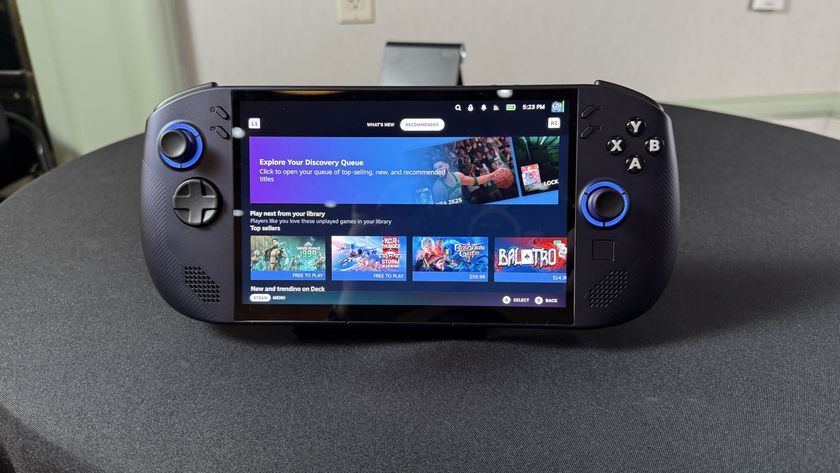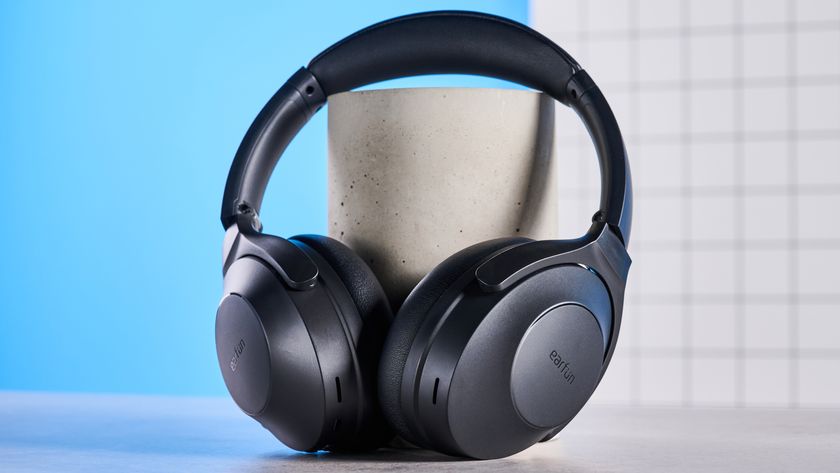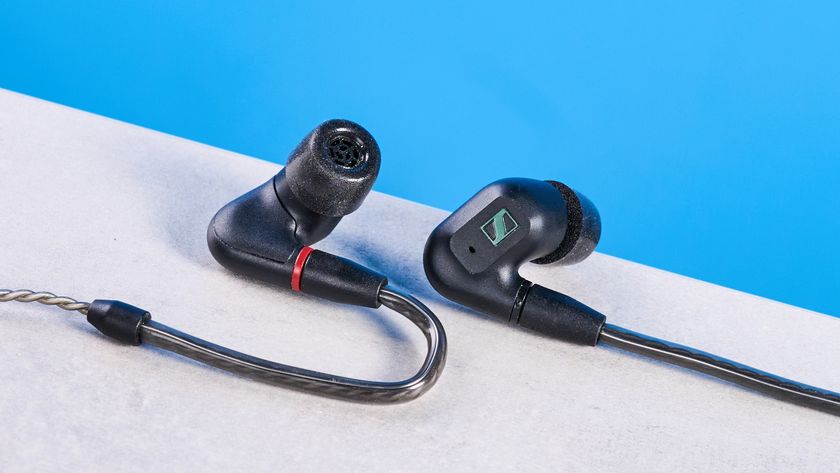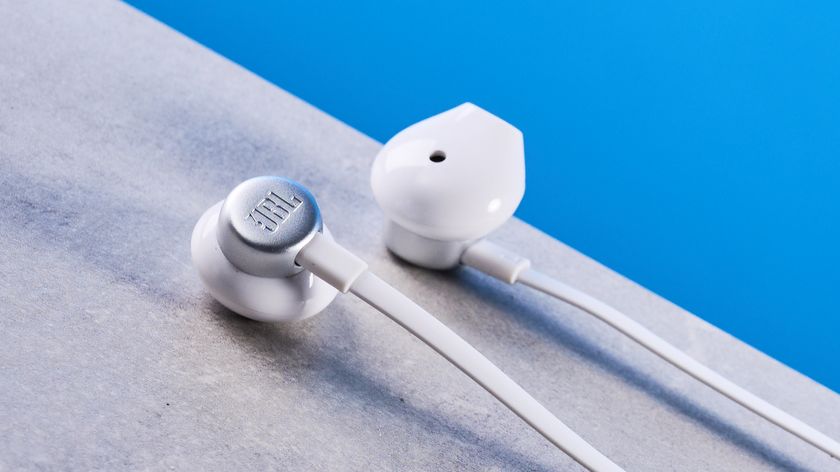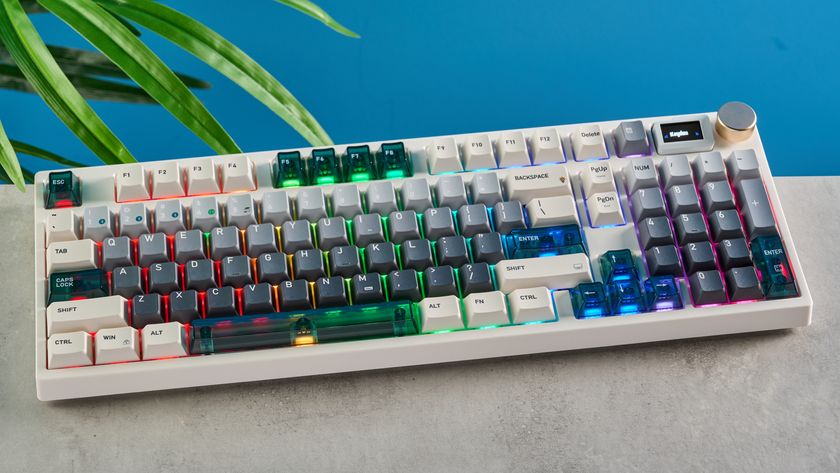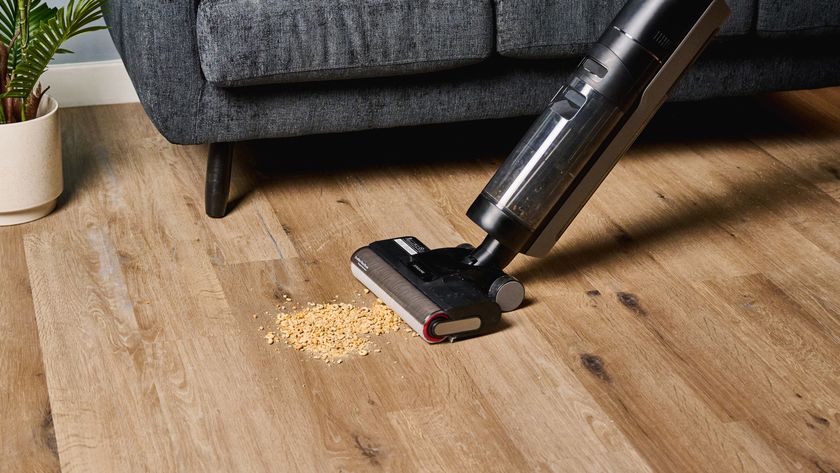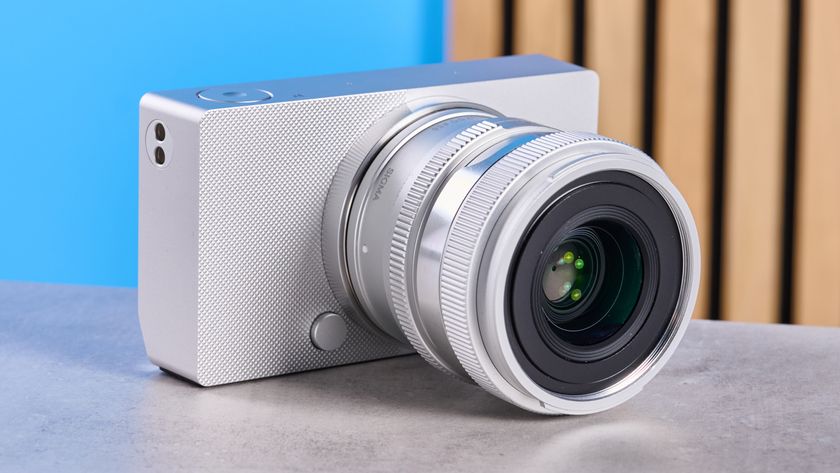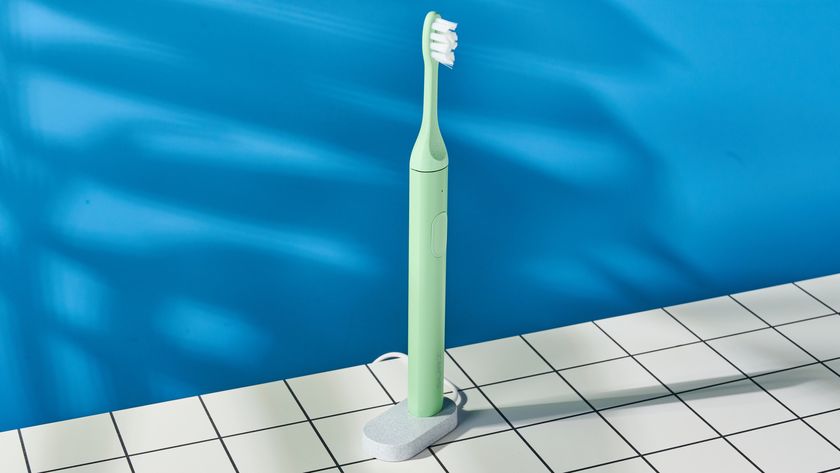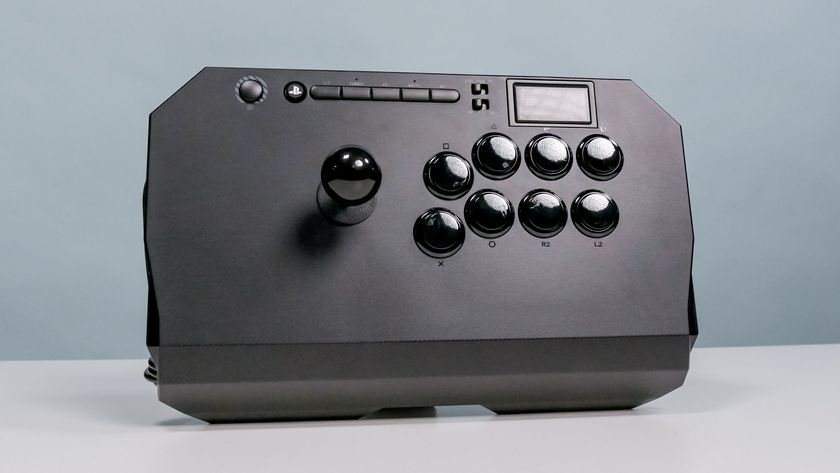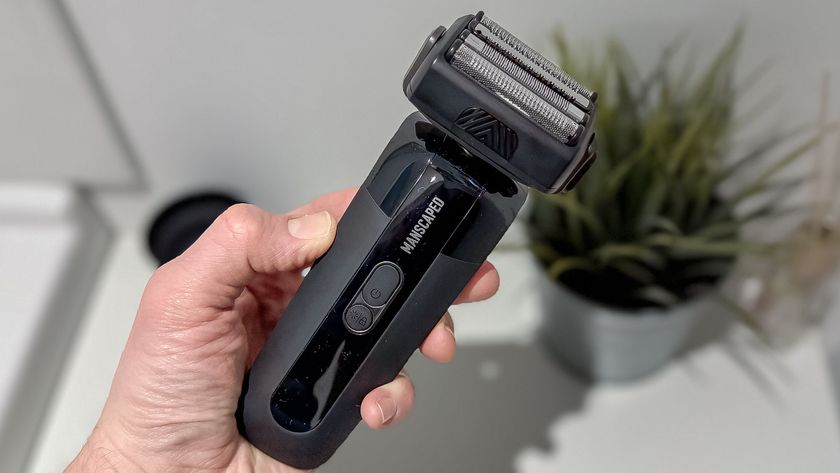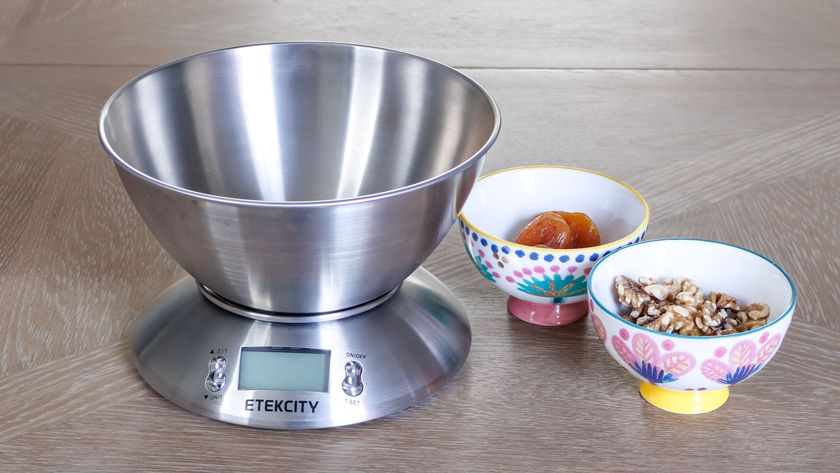Tom's Guide Verdict
The Philips Smart Lock lets you use a key, a code, or your fingerprint to unlock your door, but it has fewer features than competing devices such as the Lockly Secure Plus, and only works with Alexa.
Pros
- +
Can unlock via fingerprint, code, or key
- +
Affordable
- +
Works with Alexa
Cons
- -
No remote access
- -
Doesn’t work with Google Assistant, HomeKit
- -
Limited code options
Why you can trust Tom's Guide
Size: 2.64 x 0.63 x 6.3 inches
Lock Type: Deadbolt
Smart Home Compatibility: Alexa
Connectivity: Bluetooth
Number Pad: Included
Alarm: No
Codes: 20/50 fingerprints
App: Yes
ANSI/BHMA rating: Grade 1
One of the advantages of smart locks is that, if you happen to forget your keys, you have other options for opening your door. The Philips smart door lock gives you a plethora of choices: You can use a key, enter a code, or even use your fingerprint to gain entry. And, at $179, it’s relatively affordable, too.
However, when compared to some of the best smart locks, the Philips lock is lacking in a few other ways: it has limited connectivity options, fewer access codes — and you can’t do as much with those codes, either. This Philips smart lock review will go into the pros and cons of this lock, and if it belongs on your front door.
Philips Home Access smart lock: Price and availability
The Philips smart lock was released in June 2023. You can get the Home Access smart lock in one of three configurations: A model with a keypad only costs $99. A model with a keypad and fingerprint sensor is $129, while a model with a keypad, fingerprint sensor, and traditional key lock, costs $179. Each model is available in three finishes: matte black, polished black, or satin nickel. For this review, I tested the most expensive model.
Philips Home Access smart lock: Installation
Installing the lock was pretty much the same as other smart locks - you install the bolt, attach the outer section, secure it to a metal plate on the inside of your door, and then attach the inside section of the lock. You then pop in the batteries and go through the rest of the setup process.
In all, it took about 15 minutes. However, it was a bit tricky to thread the connecting wire through the lock’s mounting plate; and, then there’s very little room to actually plug it into the inside portion of the lock.
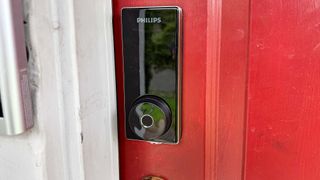
The smart lock lets you add up to 50 fingerprints or 20 pincodes, but it can only be done on the lock itself, and not through the Philips Home Access app. Voice commands walk you through adding codes and fingerprints, but I found it so quiet that I had to put my ear next to the lock itself. Otherwise, the voice would get drowned out by passing traffic.
You also can’t set any pin codes using the app, nor can you create limits for when those codes will be active, a common feature found on many of the best smart locks. The one thing you can do in the app is generate one-time pin codes, which you can share with others.
Philips Home Access smart lock: Design
The face of the Philips lock has a glossy finish, which is an absolute magnet for fingerprints; I prefer the matte finish on locks like the Yale Assure Lock 2, which doesn’t look as messy once you type in some codes. The upper section of the lock has a touch-sensitive number pad that’s blank until you tap it. Beneath it is a circular fingerprint reader, which rotates up to reveal the lock’s key slot. Above the keypad is a triangular LED, which turns red if you enter a code incorrectly, and green if you enter the right code.
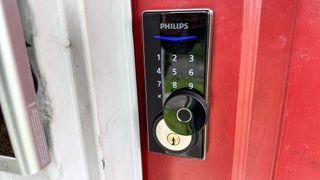
The Philips lock takes up a lot of space, both on the inside and outside. The front of the lock is large by necessity, as it has to include the number pad, the lock and fingerprint reader.
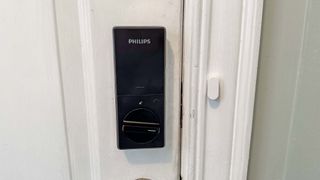
The part of the lock that’s on the inside of your door feels a bit larger than necessary, measuring 2.5 x 6.5 inches. By comparison, the Yale Assure lock is roughly 2.6 x 5 inches, though it is slightly thicker.
Philips Home Access smart lock: Performance
I found the Philips lock to be very responsive to my finger presses, though it was a little slow to turn on; you have to hold your entire hand over the touchscreen to activate it, which is not the most obvious action, especially for those who have never used the lock.
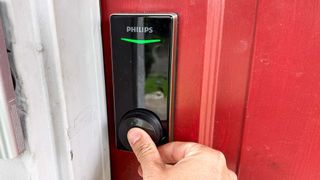
As mentioned earlier, there’s not much you can do with the Philips Home Access app other than creating one-time codes for the lock. It might be good for them to take a page out of the Philips Hue app — despite the name, it’s made by another company entirely — which lets you connect and control those smart lights in a bazillion ways.
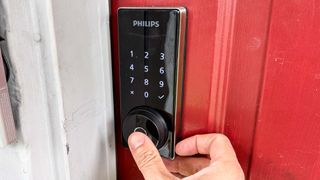
Also, because the Philips lock only has Bluetooth, you can’t control it remotely, or get alerts while you’re away from home if someone has unlocked your door.
The Philips smart lock can be linked to Alexa so you can, for example, have your lights turn on when it’s unlocked. However, it doesn’t work with Google Assistant.
Philips Home Access smart lock: Verdict
The Philips smart lock works well enough, but it just doesn’t offer enough compared to other smart locks for us to give it a higher rating. I like that it’s relatively affordable, and gives you a number of ways to unlock your door, but it’s lacking some of the smarts you find in our other top picks.
If you’re looking for a smart lock with a fingerprint reader, the Lockly Secure Plus is our favorite model; it has a number of security features, and while you need an adapter, you can control it remotely and connect it with Alexa and Google Assistant.
The Philips smart lock is a good first effort, but it needs more before it can compete with some of the best smart locks.

Michael A. Prospero is the U.S. Editor-in-Chief for Tom’s Guide. He oversees all evergreen content and oversees the Homes, Smart Home, and Fitness/Wearables categories for the site. In his spare time, he also tests out the latest drones, electric scooters, and smart home gadgets, such as video doorbells. Before his tenure at Tom's Guide, he was the Reviews Editor for Laptop Magazine, a reporter at Fast Company, the Times of Trenton, and, many eons back, an intern at George magazine. He received his undergraduate degree from Boston College, where he worked on the campus newspaper The Heights, and then attended the Columbia University school of Journalism. When he’s not testing out the latest running watch, electric scooter, or skiing or training for a marathon, he’s probably using the latest sous vide machine, smoker, or pizza oven, to the delight — or chagrin — of his family.
